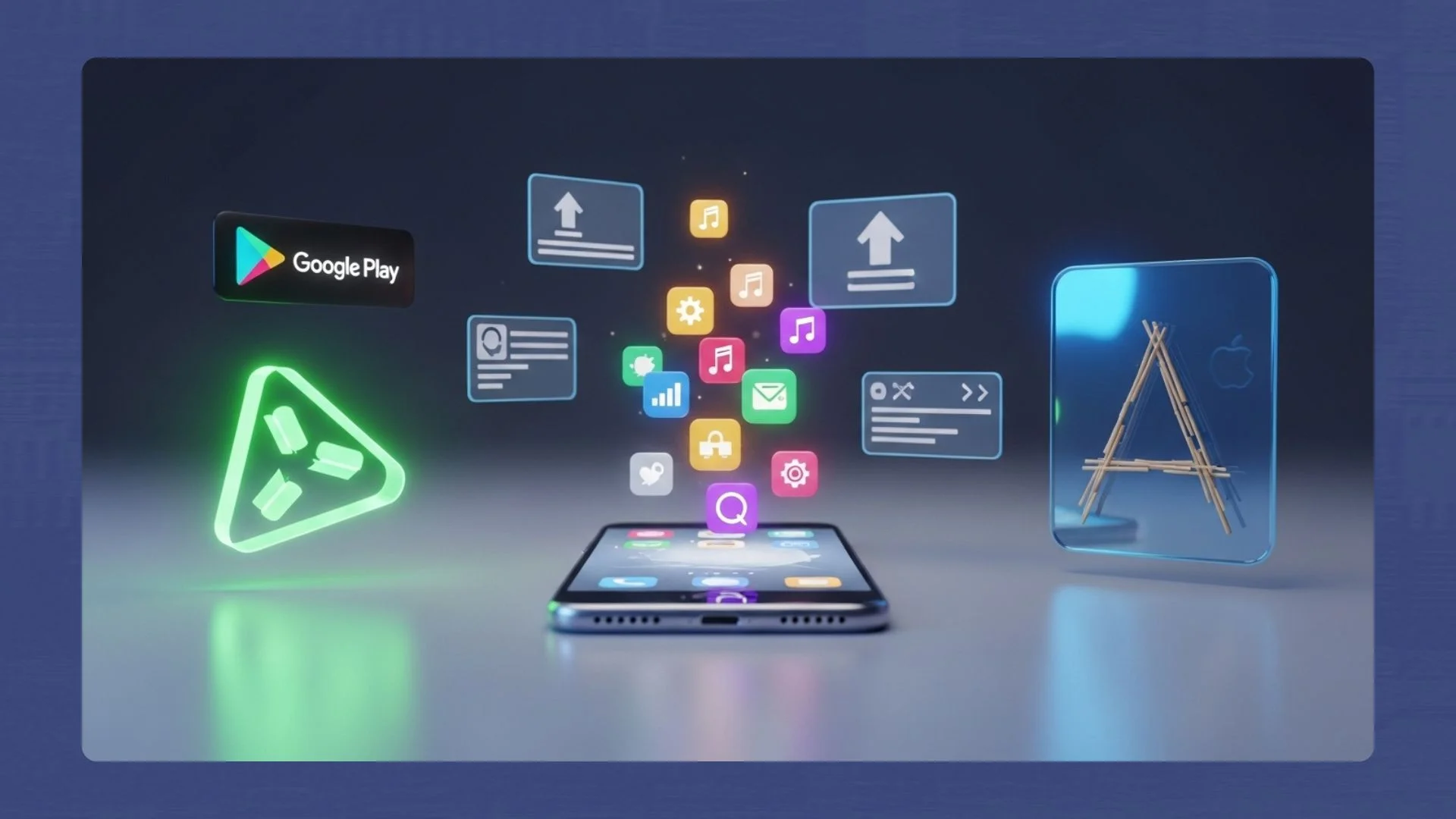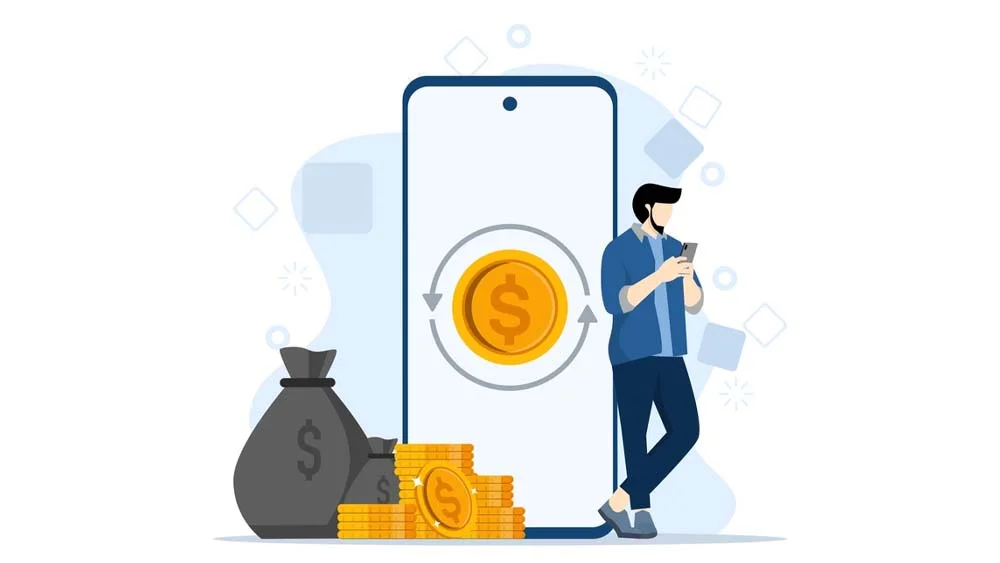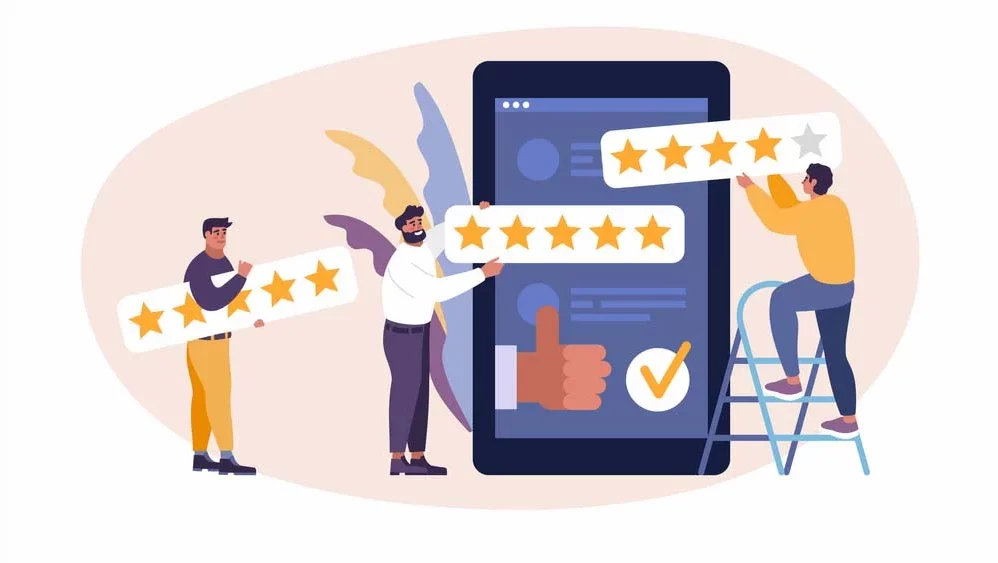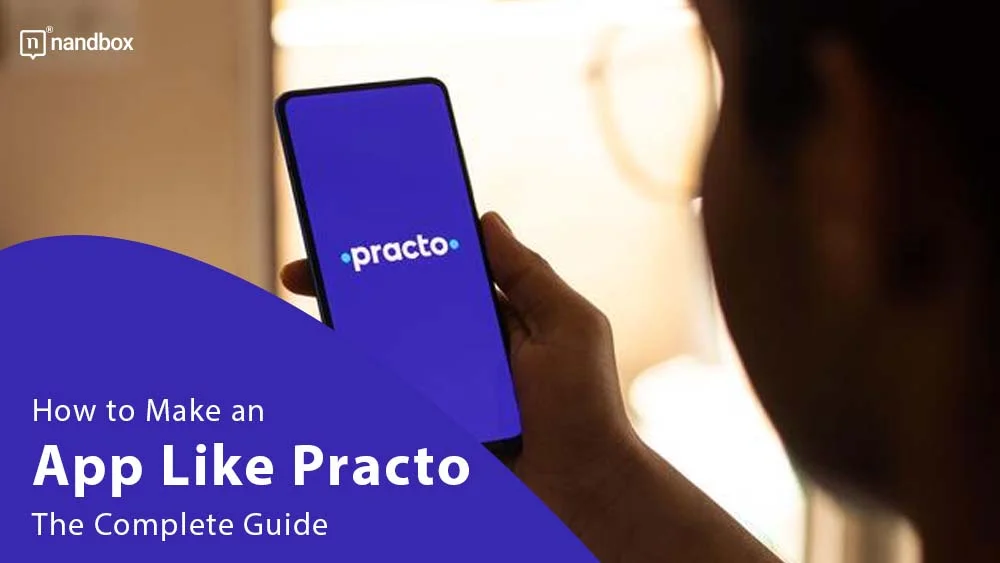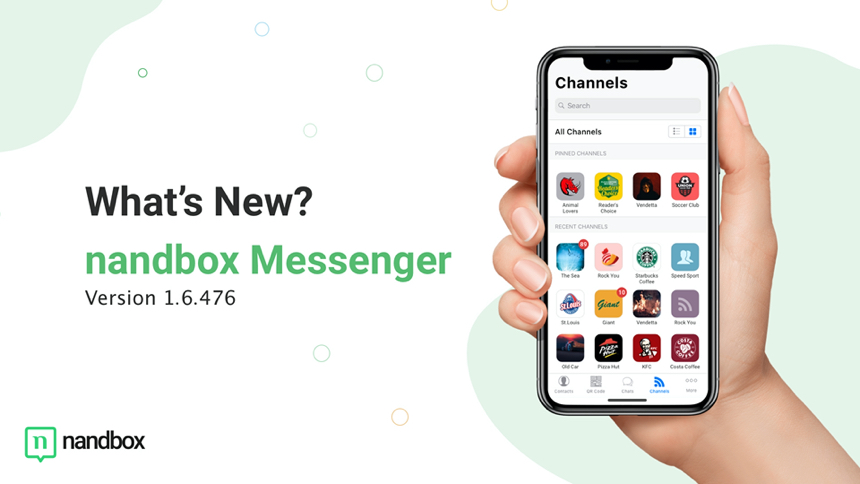How to publish your app on Google Play and the App Store is a crucial question for developers seeking to reach a broad audience. Whether you’re an individual developer or a company, understanding the requirements and processes of these platforms is essential. This guide will walk you through every step, from preparation to publication, ensuring your app is ready for success.
How to Publish your App on Google Play and the App Store: Understanding Google Play and the App Store
Before diving into the publication process, it’s important to understand the differences between Google Play and the App Store. Google Play caters primarily to Android users, while the App Store is for iOS users. Both platforms have unique requirements, guidelines, and user demographics that can influence your app’s success. Google Play has a larger user base due to the widespread use of Android devices, while the App Store tends to generate more revenue per user, appealing to a different demographic. Knowing these distinctions helps tailor your approach to each platform.
How to Publish your App on Google Play and the App Store: Preparing Your App for Publication
Preparation is key to a successful app launch. Ensure your app is thoroughly tested and free of major bugs. Engage in beta testing to gather user feedback and make necessary adjustments. Additionally, comply with all legal requirements, such as copyright and trademark regulations, and ensure your app adheres to the respective platform’s guidelines. Quality assurance processes should be rigorous, simulating various scenarios to detect any potential issues. A well-prepared app not only meets platform standards but also provides a seamless user experience, increasing the likelihood of positive reviews and high ratings.
Setting Up Developer Accounts
To publish an app, you need a developer account on both platforms. For Google Play, you need to register at the Google Play Console and pay a one-time registration fee of $25. For the App Store, you need to register at App Store Connect and pay an annual fee of $99. Both accounts provide access to essential tools for app management, analytics, and marketing. Setting up these accounts involves filling out necessary personal and payment information, agreeing to the terms and conditions, and verifying your email address. Once set up, these accounts will be the primary interface for managing your app’s lifecycle.
How to Publish your App on Google Play and the App Store: App Content and Metadata
High-quality content and metadata are crucial for attracting users. Write clear and compelling app descriptions that highlight your app’s features and benefits. Create engaging visuals, including screenshots and videos, that showcase your app’s interface and functionality. Use relevant keywords to improve your app’s discoverability. Descriptions should be concise yet informative, explaining what makes your app unique and why users should download it. Keywords should be strategically chosen based on search trends and relevance to your app’s functions. Effective metadata not only helps in higher search rankings but also entices potential users to download your app.
Designing App Icons and Screenshots
Your app icon and screenshots are the first things users see, so they need to be visually appealing and informative. Best practices for designing app icons include using vibrant colors, simple designs, and ensuring your icon represents your app’s purpose. Tools like Adobe Illustrator or Sketch can help create professional graphics. Screenshots should highlight the key features and unique aspects of your app, guiding users through what to expect. A well-designed icon and set of screenshots can significantly impact the click-through rate and overall download numbers, making them essential components of your app’s marketing strategy.
How to Publish your App on Google Play and the App Store: Understanding App Store Guidelines
Adhering to the guidelines of each platform is crucial for a successful app launch. For Google Play, focus on functionality, privacy, and content policies. The App Store emphasizes user experience, performance, and legal requirements. Avoid common pitfalls such as inappropriate content, privacy violations, or poor user experience. Both platforms have comprehensive guidelines available on their respective websites, detailing the dos and don’ts of app development and submission. Thoroughly understanding and adhering to these guidelines helps in smooth app approval processes and prevents potential rejections or removals from the store.
Creating a Privacy Policy
A privacy policy is essential for gaining user trust and complying with legal requirements. It should clearly outline what data is collected, how it’s used, and the rights of the users. Transparency about data usage is crucial for compliance with regulations like GDPR and CCPA. Examples from successful apps can provide guidance on how to structure your policy. A clear and concise privacy policy not only protects your app legally but also builds trust with your users, encouraging more downloads and positive engagement. Ensure your privacy policy is easily accessible within your app and on your app store listing.
Monetization Strategies
Choosing a monetization strategy that aligns with your goals is crucial for your app’s success. Decide whether your app will be free, freemium, or paid. Free apps can generate revenue through ads, while freemium models offer in-app purchases for additional content or features. Subscriptions provide ongoing services or content for a recurring fee. Analyze your target audience and competitors to choose the best strategy. A well-thought-out monetization plan can maximize revenue while providing value to your users. Consider offering multiple monetization options to cater to different user preferences and increase overall earnings.
Setting Up Google Play Store Listing
Setting up your listing on Google Play involves several steps. Fill out all necessary information about your app, including the app name, description, and category. Upload your app’s APK file and specify the permissions your app requires and why. Make sure to include high-quality screenshots and a compelling video if possible. Providing complete and accurate information helps in the smooth approval of your app and improves its discoverability. The listing process also involves setting pricing and distribution options, determining which countries and devices your app will be available for, and deciding on content ratings.
Setting Up App Store Listing
For the App Store, you need to create an App Store record by filling in the necessary details about your app. Use Xcode to upload your app build, and then submit your app for review. Ensure all information is accurate and comprehensive to facilitate the review process. The App Store listing should include engaging descriptions, keywords, and attractive screenshots. The submission process includes selecting the appropriate app category, setting the price, and choosing the distribution options. Detailed and precise listings increase the likelihood of your app getting approved and found by users.
App Review Processes
Both platforms have review processes to ensure app quality and security. Google Play reviews typically take a few hours to a few days, while App Store reviews can take several days with more stringent checks. Be prepared for potential feedback and revisions. The review processes evaluate various aspects of your app, including functionality, user interface, compliance with guidelines, and overall quality. Promptly addressing any feedback from the review teams can expedite the approval process. Understanding these processes helps set realistic timelines for your app launch and manage expectations accordingly.
Handling App Rejections
Rejections can be frustrating, but they provide valuable feedback. Common reasons for rejection include guideline violations, crashes, incomplete information, and privacy issues. Address the issues promptly, make necessary corrections, and resubmit your app. Thoroughly review the feedback provided to avoid repeat rejections. Being proactive and responsive to rejections shows a commitment to quality and user experience, which is crucial for long-term success. Keeping a checklist of common rejection reasons and ensuring your app meets all requirements before submission can minimize the chances of rejection.
Post-Publication Maintenance
Maintaining your app post-launch is critical for its long-term success. Regularly update your app to fix bugs, add new features, and improve user experience. Monitor user feedback and reviews to identify areas for improvement. Engage with your users by responding to reviews and addressing their concerns. Continuous improvement and active engagement can lead to higher user retention and positive word-of-mouth. Implementing a robust post-publication strategy ensures your app remains relevant, functional, and competitive in the market. Regular updates also help in staying compliant with new platform guidelines and technological advancements.
Promoting Your App
Effective promotion strategies can drive downloads and engagement. Utilize social media, email marketing, and influencer partnerships to reach your target audience. Optimize your app’s title, description, and keywords using App Store Optimization (ASO) techniques. Leverage platforms like Instagram, Twitter, and Facebook to create buzz and attract users. Promoting your app through multiple channels increases visibility and user acquisition. Additionally, consider running paid ad campaigns and collaborating with tech bloggers to review your app. A well-rounded promotion strategy enhances your app’s presence and attracts a wider audience.
Using Analytics to Track Performance
Analytics tools help you understand your app’s performance and user behavior. Integrate tools like Google Analytics or Firebase to track downloads, user engagement, and retention rates. Key metrics to monitor include active users, session length, and in-app purchases. Use additional tools like App Annie for deeper insights into market trends and competitor analysis. Analyzing performance data helps identify strengths and weaknesses, guiding future updates and marketing strategies. Regularly reviewing analytics ensures your app meets user needs and adapts to changing market conditions, driving sustained growth and success.
User Feedback and Engagement
Engaging with users is crucial for retention and app improvement. Collect feedback through surveys, reviews, and app feedback forms. Respond to reviews, provide updates based on feedback, and create a community around your app. User feedback offers valuable insights into what works and what doesn’t, allowing you to make informed decisions. Actively engaging with users shows that you value their input, fostering loyalty and long-term engagement. Building a strong user community through forums, social media, and regular updates can significantly enhance user satisfaction and app performance.
App Builders with AI
Utilizing app builders with AI can streamline development and reduce costs. AI-driven platforms offer templates, design tools, and coding assistance, enabling faster and more efficient app creation. These tools can help automate repetitive tasks, provide design suggestions, and even optimize app performance. One such platform is Appbuilder, which leverages AI to simplify the app development process. AI-driven app builders are particularly beneficial for small businesses and individual developers, allowing them to compete with larger enterprises by providing advanced features and functionalities with minimal effort and investment.
Security Best Practices
Protecting user data is paramount in app development. Implement encryption and secure data storage practices to safeguard sensitive information. Follow best practices for secure coding, including regular code reviews and vulnerability assessments. Conduct regular security audits to identify and fix potential vulnerabilities. Ensuring your app’s security not only protects users but also enhances your app’s credibility and trustworthiness. Keeping up-to-date with the latest security trends and regulatory requirements is crucial for maintaining a secure app environment. Regularly updating your security measures helps prevent breaches and maintains user trust.
Conclusion
How to publish your app on Google Play Store and the App Store involves meticulous preparation, understanding platform-specific requirements, and ongoing maintenance. By following the steps outlined in this guide, you can navigate the complexities of app publication and set your app up for success. Engage with your users, stay updated with platform changes, and continuously improve your app to achieve long-term success. Remember, a successful app is not just about a flawless launch but also about consistent updates and user engagement.
